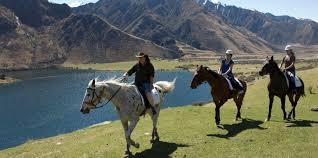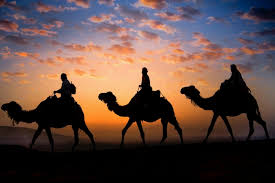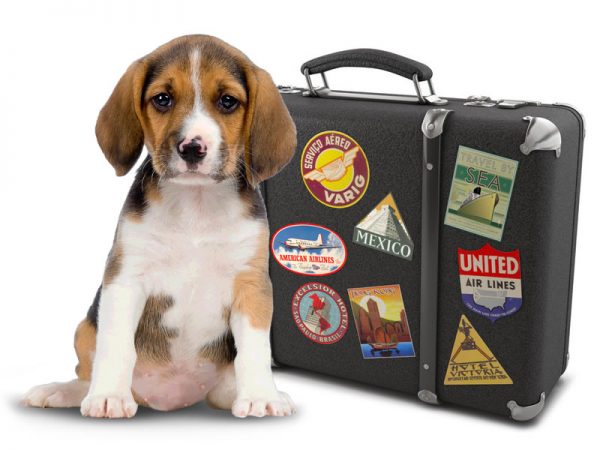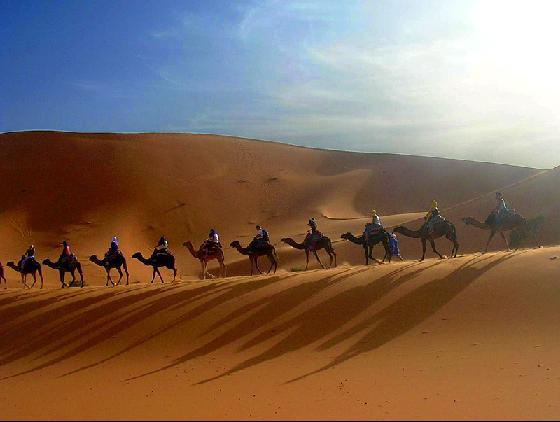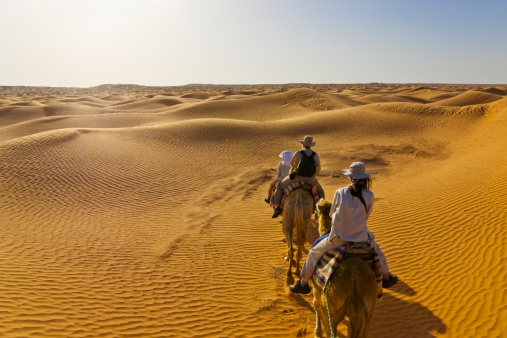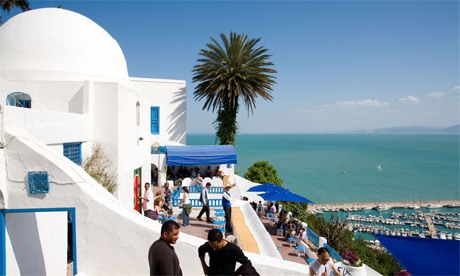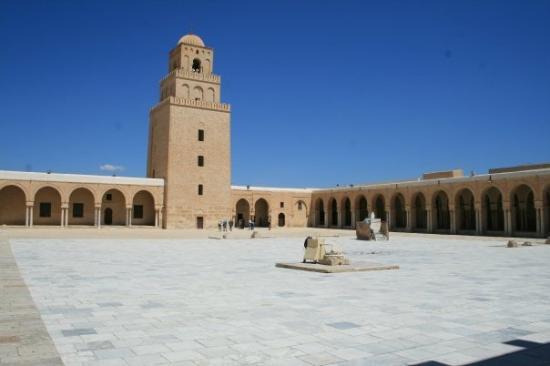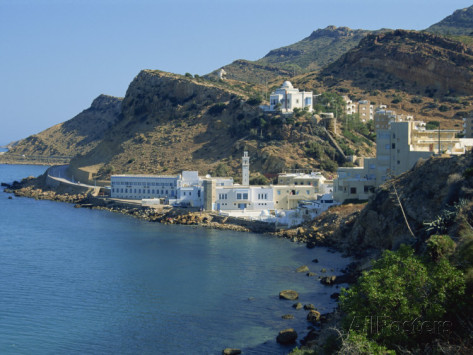It would be fair to say that Tunisia has become one of the most sought-after travel destinations, with its exotic weather, sandy beaches and cultural attractions making it a firm favourite amongst a huge audience of travellers.
This also happens to be a country which has developed significantly over the years. Despite this, one should not be under the impression that Tunisia is completely safe for the foreign traveller.
Anyone who is set to visit the country will become susceptible to various infections, while the medical care that’s on offer isn’t generally as renowned as what most of us are used to.
All of the above means that a lot of precautions have to be taken before you even considering travelling to Tunisia. Therefore, whether you are a man, woman, pregnant woman or child – read our following guide to find all of the essential information you need to take on board to stay safe in Tunisia, and what to do if something does go wrong.
What is the general advice before travelling to Tunisia?

The general advice associated with travelling to Tunisia is probably the same as any other country you will visit. For example, first and foremost you will need to bring all of your medications, labelled appropriately.
You should also carry a signed and dated letter from your fitness instructor and your physician stating all of your medical conditions, in case any procedures need to be carried out during your stay.
In relation to health insurance, you will need to ensure that this covers your medical expenses abroad. This is something that a lot of travellers have been tripped up by in the past and without any form of finance or proof of insurance, it’s not been unheard of for care to be refused.
Elsewhere, basic advice such as taking a personal medical kit should be followed. This advice should be tailored to the country you are visiting, to alleviate some of the main conditions that are experienced there.
Finally, it should go without saying not to take any unnecessary risks. This can relate to animals, whereby it’s completely inadvisable to have any contact with stray dogs for example.
Or, it could relate to something completely different – such as sexual encounters. Like anywhere, the advice here is to always wear condoms to protect against possible infection.
What is the most common travel-related ailment in Tunisia?

The most common ailment that is reported when travelling to Tunisia is Travellers’ diarrhea. This is mainly due to the risks that are associated with the food and drink in the country – which is something we will move onto in further detail shortly.
Bearing the above in mind, the general advice is for travellers to take an antidiarrheal drug to the country. It’s worth mentioning that diarrhea is defined when at least three loose stools occur in an eight hour period. As well as the antibiotics, medical experts recommend drinking a lot of fluids.
Should the symptoms be accompanied with a fever, or if the diarrhoea contains traces of blood, it’s recommended to seek medical attention.
What precautions should be taken in relation to food and water?
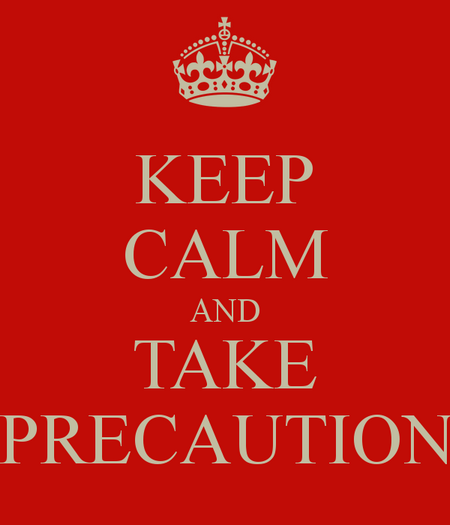
Following on from the above section, it is worth highlighting some of the main precautions that should be taken in relation to the food and water – two factors that are not just behind diarrhoea, but also some of the more serious conditions that will be looked at in-depth throughout this guide.
Like most foreign countries, it is not recommended to drink the tap water in Tunisia unless it has been treated appropriately. This means that it has to be boiled, chemically disinfected or filtered for it to be fit for consumption.
Elsewhere, any drinks that are accompanied with ice should be avoided as there is a high probability that they have been formed by water that has not been treated accordingly.
Unfortunately, there are similarly tight guidelines on the food that can be consumed in the country as well.
For example, it is not advisable to consume fruits or vegetables which have not been peeled or cooked, while any food that is available from street vendors should be avoided as well. Elsewhere, the standard food guidelines that don most countries should be adhered to, including the following:
- Avoiding any food which isn’t piping hot.
- Avoiding any food which has been made from unpasteurized milk.
- Avoiding raw or undercooked meat or fish.
–
What immunizations are recommended prior to travelling to the country?

Before travelling to the country, travellers are advised to receive several immunisations. Everyone who visits Tunisia should ensure that they have received vaccinations against the following:
· Hepatitis A: Anyone who is over one year of age should ensure that they receive this vaccination, at least two weeks before travel. It is also advisable to receive a booster 6-12 months later, while side effects for the Hepatitis A vaccine are classed as mild and rarely prompt anything worse than a headache.
· Hepatitis B: While there are slightly fewer risk factors associated with Hepatitis B, it is still recommended to be given to anyone travelling to Tunisia. At the moment, two versions of the vaccine are licensed in the United States and few side effects are ever reported.
· Typhoid: Typhoid is also transmitted via food and water, meaning that it is another vaccine that is thoroughly recommended to all travellers. Unlike Hepatitis A, this is usually given in oral form and again, the side effects are not significant. There is also an injectable Typhoid vaccine, although this is generally given to young children as the oral capsule is not recommended for anyone under six years of age.
· Measles: Following an outbreak of Measles in 2002, this is another recommended vaccine for most visitors. If you were born after 1956 and don’t have at least two documented measles immunizations, the authorities suggest receiving the vaccination before travel.
· Routine Vaccinations: It is also recommended that all travellers have all of the routine immunizations in their history. These include the Tetanus-diphtheria vaccine, which should also be given if you have not received an immunization within the past decade. Varicella for chickenpox is recommended as well.
While the above are required by all travellers, there are also vaccinations whereby the rules are somewhat more relaxed. For example, the Yellow fever vaccine is required for any traveller who is arriving from a country which has been infected in Africa or the Americas in the past.
It is not recommended to give a Yellow fever vaccine to any child younger than six months of age, while you should also consult a medical professional if you are above 60-years-old, pregnant or breastfeeding. If you do require this vaccination, you will need to obtain a fully validated International Certificate of Vaccination to show to the Tunisian authorities.
Another optional vaccination is the one for Rabies. This is only recommended if you are planning to spend a lot of your holiday in the outdoors, where you might be more susceptible to animal bites.
Are there any infections to be wary of that are not covered by immunizations?
Unfortunately, there are other infections that travellers should be made aware of – with these not covered by the recommended course of immunizations.
Firstly, while the risk is exceptionally low, an outbreak of MERS-CoV (Middle East respiratory syndrome coronavirus) was reported only several years ago in 2003. Due to the fact that this was passed between members of a family, it’s understood that this is transmitted via person-to-person contact. It is caused by the common cold and the general advice to reduce the risks is to take adequate hygiene provisions – such as washing your hands frequently with either soap or an alcohol-based sanitizer.
This isn’t the only concern through travel to Tunisia though. West Nile Virus is probably the other most prominent one, with no fewer than 37 cases being reported in 2012. This is transmitted via mosquito bites and has been known to cause death in the past.
Other conditions that can be picked up in the country include Brucellosis, Tick-born relapsing fever, onchocerciasis, cutaneous leishmaniasis and lymphatic filariasis. There have also been instances of HIV, although the risks are very low unless you engage in unprotected sex or receive injections via an infected needle.
What is the advice in relation to children?
Due to the fact that certain vaccinations are not recommended for children (with hepatitis A and typhoid fever being typical examples as they are not advised to be given to children under the age of two), there are slightly more risk factors.
Starting with the hepatitis A and typhoid risk, this means that you need to be particularly careful not to allow your child to come into contact with any food or drink that could cause infection. As we’ve already touched upon in the food and drink section of this guide, basic precautions need to be taken and common sense is absolutely paramount to reduce the risks.
However, apart from the typhoid and hepatitis A immunizations, all others should be up-to-date. To refresh one’s memory, these immunizations should be broken down like the following:
- · Children aged over 12 months should have received 2 doses of MMR, before travel.
· Children aged between six and eleven months should be given a single dose of the measles vaccine.
· It is sometimes recommended for additional immunizations to be given ahead of the normal schedule. You should consult with your physician about this before travel.
What is the advice given to pregnant women?
Unsurprisingly, the advice given to pregnant women is very similar as to if you were visiting any other country. It’s generally advisable to avoid international travel if you have any underlying medical complaints, or if you’ve even suffered complications in a previous pregnancy.
Most doctors state that travel is completely safe, amongst those women who aren’t at risk, between 18 and 24 weeks. In the latter part of the pregnancy, the third trimester, travel should be avoided at all costs – not least because of the uncomfortable nature of delivering in a foreign country.
You should also look to take even more care in relation to food and water. This is because some of the infections which can be passed through such mediums, like listeriosis, have been known to have terrible consequences on a developing foetus.
Additionally, it should be stated that even though diarrhoea is one of the most common complaints for people traveling to Tunisia, most medications used to treat this condition are not advisable for pregnant women. In other words, you should scrutinise the medication information before even considering it.
How should insects and ticks be guarded against?

The standard guidelines apply for the protection against insect and ticks in Tunisia. It’s advisable to wear long sleeves and trousers, whilst protecting the head and feet with hats and proper shoes respectively.
If you happen to be venturing into rural areas, this advice could span as much as suggesting that you tuck your trousers into your boots to guard against tick bites.
In addition to the above, insect replants should be applied to exposed skin.
Are there any suggestions in relation to bathing and swimming?
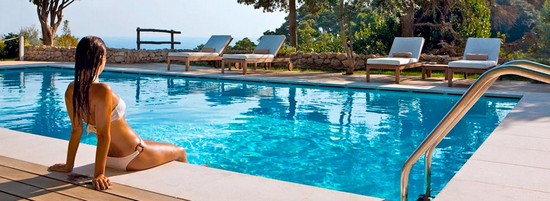
To reduce the chances of schistosomiasis and health problems occurring, avoid venturing into any lakes, fresh water or ponds. Additionally, do not consider using fresh water for showering unless it has been heating to 150 degrees for at least five minutes before use.
How can the emergency services be contacted in Tunisia, and what are general medical facilities like?
In case of an emergency, the ambulance in Tunisian can be contacted by calling 190.
In general the medical facilities in the country are acceptable and will be able to treat any routine problem. However, some specialized treatments might not be available and in these cases you may be flown to a country which has better services.
It’s worth noting that the majority of hospitals expect cash payments, even if you have the relevant travel insurance. It means that you are expected to pay yourself, before resolving the issue with your insurance provider at a later date.



